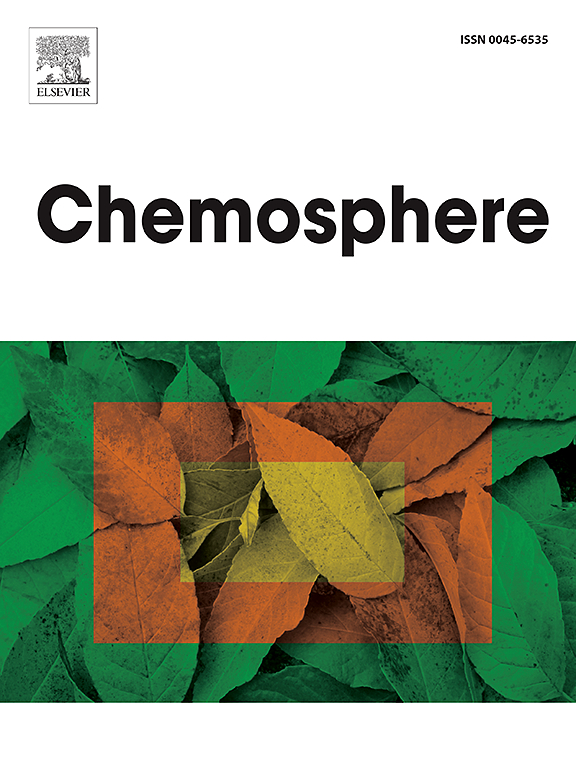优化反渗透系统中的碳膜性能,降低水产养殖废水中的盐度、硝酸盐、磷酸盐和氨氮含量
IF 8.1
2区 环境科学与生态学
Q1 ENVIRONMENTAL SCIENCES
引用次数: 0
摘要
本文章由计算机程序翻译,如有差异,请以英文原文为准。

Optimization of carbon membrane performance in reverse osmosis systems for reducing salinity, nitrates, phosphates, and ammonia in aquaculture wastewater
This study investigates the performance of various types of carbon membranes in reverse osmosis systems aimed at reducing salinity, nitrates, phosphates, and ammonia in aquaculture wastewater. As sustainable aquaculture practices become increasingly essential, effective treatment solutions are needed to mitigate pollution from nutrient-rich effluents. The research highlights several carbon membranes types, including carbon molecular sieves, activated carbon membranes, carbon nanotube membranes, and graphene oxide membranes, all of which demonstrate exceptional filtration capabilities due to their unique structural properties. Findings reveal that these carbon membranes can achieve removal efficiencies exceeding 90 % for critical pollutants, thereby significantly improving water quality and supporting environmental sustainability. The study also explores the development of hybrid membranes and nanocomposites, which enhance performance by combining the strengths of different materials, allowing for customized solutions tailored to the specific requirements of aquaculture wastewater treatment. Additionally, operational parameters such as pH, temperature, and feed water characteristics are crucial for maximizing membrane efficiency. The integration of real-time monitoring technologies is proposed to enable prompt adjustments to treatment processes, thereby improving system performance and reliability. Overall, this research emphasizes the importance of interdisciplinary collaboration among researchers and industry stakeholders to drive innovation in advanced filtration technologies. The findings underscore the substantial potential of carbon membranes in tackling the pressing water quality challenges faced by the aquaculture sector, ultimately contributing to the sustainability of aquatic ecosystems and ensuring compliance with environmental standards for future generations.
求助全文
通过发布文献求助,成功后即可免费获取论文全文。
去求助
来源期刊

Chemosphere
环境科学-环境科学
CiteScore
15.80
自引率
8.00%
发文量
4975
审稿时长
3.4 months
期刊介绍:
Chemosphere, being an international multidisciplinary journal, is dedicated to publishing original communications and review articles on chemicals in the environment. The scope covers a wide range of topics, including the identification, quantification, behavior, fate, toxicology, treatment, and remediation of chemicals in the bio-, hydro-, litho-, and atmosphere, ensuring the broad dissemination of research in this field.
 求助内容:
求助内容: 应助结果提醒方式:
应助结果提醒方式:


